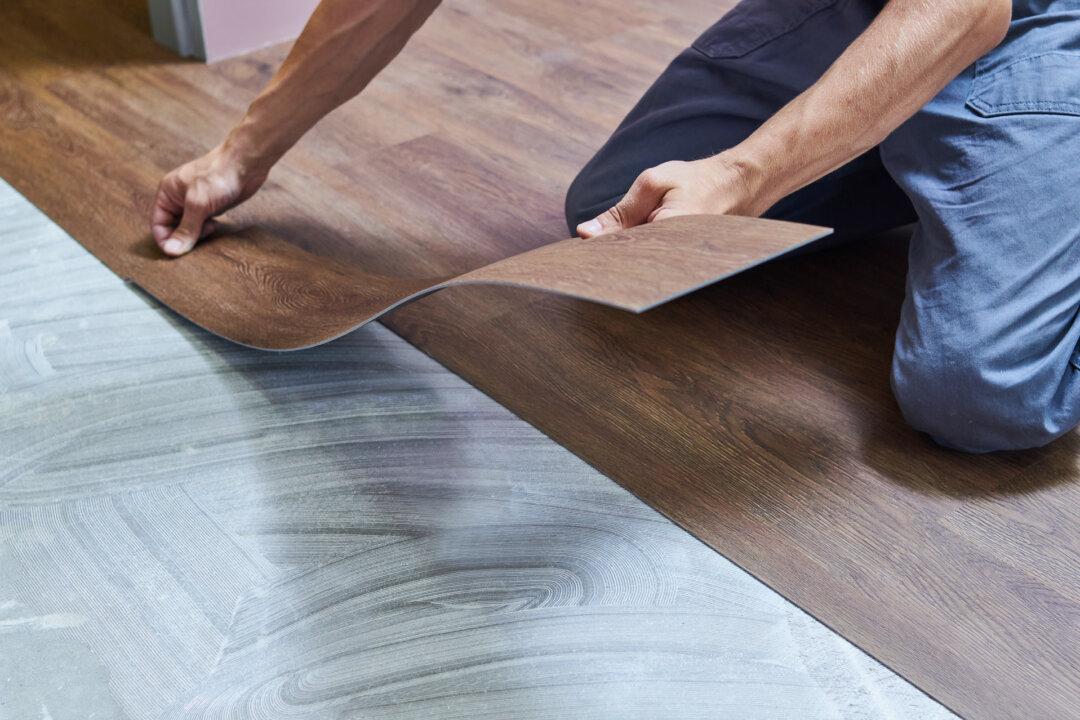Installing the decorative trim yourself is not that difficult of a job, especially if you use urethane millwork instead of wood. The type of trim you see on older homes and even on some more expensive newer homes is probably composed of real wood. It is usually made of many different pieces of wood and hidden spacers. If you decide that you must have real wood trim, consider hiring an experienced carpenter for the job.
Decorative urethane trim is made by pouring a liquid inside a mold. The liquid then expands and solidifies inside that mold. By doing this, the manufacturer can create complex and elegant designs. The material cost of urethane millwork can be greater than wood, but it is still less than having a carpenter build and fit all the wood trim for you.
Another advantage of urethane millwork is that it is practically maintenance-free. The trim will not rot, warp, or split, even in humid areas of the country. You can paint the trim décor with acrylic latex paint to match your interior décor.
Urethane moldings are available in a wide range of styles from colonial to contemporary. Be sure you check out all of the design options available before you make a final selection. If you have trouble finding urethane millwork locally, here are a few manufacturers to contact: Chemcrest, (204) 669-0224; Focal Point (800) 662-5550; and Fypon (800) 446-3040.
If you like working with the trim and decide to also install some outdoors, store it out of direct sunlight. Urethane is a plastic material and will expand substantially if it gets hot. If you cut a long piece to the precise length needed, it will shrink and be too short when it cools.
Exterior urethane trim can withstand most temperature extremes once installed. A potential concern is that when you install exterior urethane trim over vinyl siding. Vinyl has a very large expansion-contraction rate with temperature changes, and it is always attached loosely to a house to accommodate the size changes. Driving nails through the urethane trim into the wall would lock the vinyl siding into place and cause potential problems.
As easy as urethane millwork is to work with, make sure to follow the manufacturer’s instructions for a professional-looking job. The cutting, assembling, gluing, etc. procedures may vary somewhat among the various manufacturers.
Some trim designs require you to cut the pieces slightly longer than you think they should be. When installing them, you force them into place with a slight compression fit. Depending on the style you select, you may have to glue some pieces together. Also, be sure to use the proper adhesive, or there may be problems with the trim coming loose later on.






